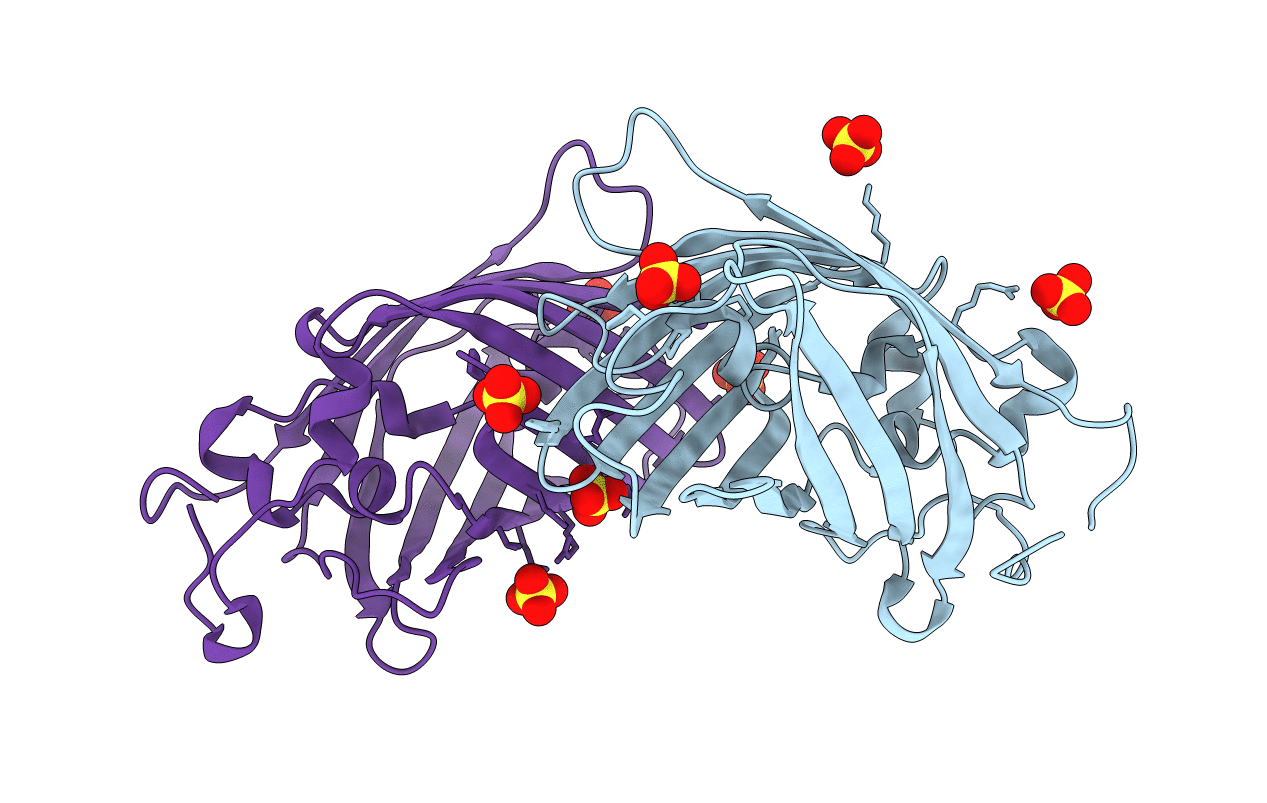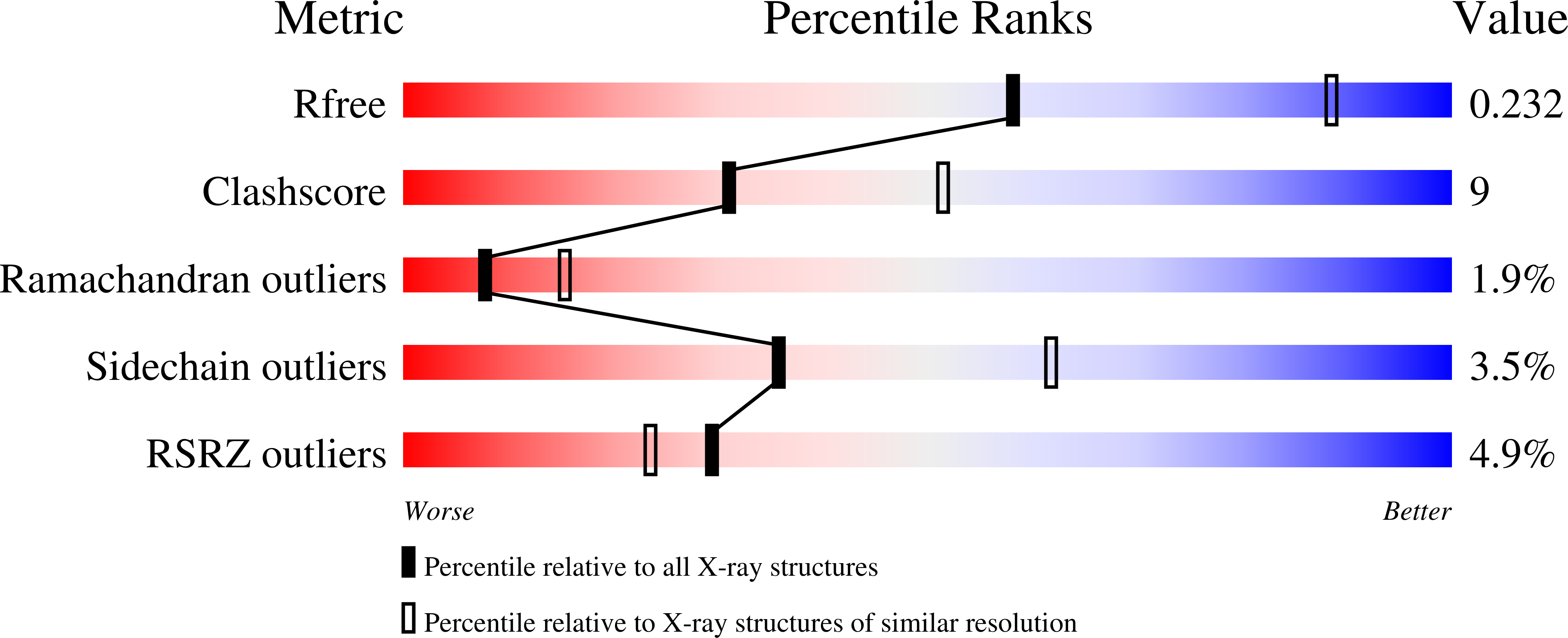
Deposition Date
2001-12-28
Release Date
2002-08-28
Last Version Date
2024-10-16
Method Details:
Experimental Method:
Resolution:
2.60 Å
R-Value Free:
0.25
R-Value Work:
0.20
Space Group:
P 65 2 2


